Think about the different ways we see and understand images.
The most straight forward way to understand an image is by what is in it.
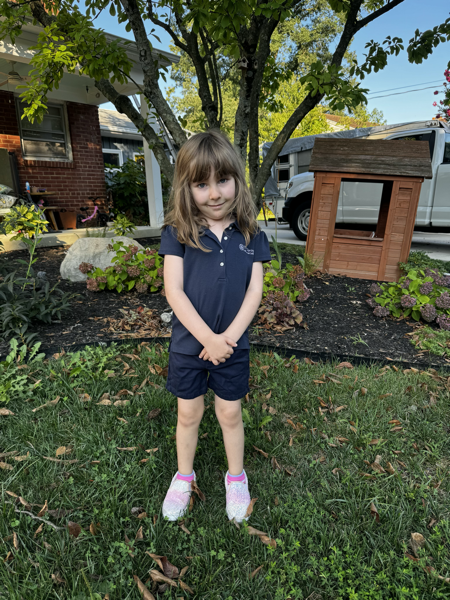
What is in it, what is identifiable, is the content of the image. It is the most easily understandable and identifiable element of accessing an image.
We understand content in many ways, we may have personal, social, or historical experiences with specific kinds of content. They may evoke strong emotions because of what they are.
Another way to access an image is context. Context in photography refers to the surrounding elements, meaning, and conditions that influence how an image is perceived. It provides depth to a photograph, helping viewers understand the subject, the environment, and the photographer’s intent.
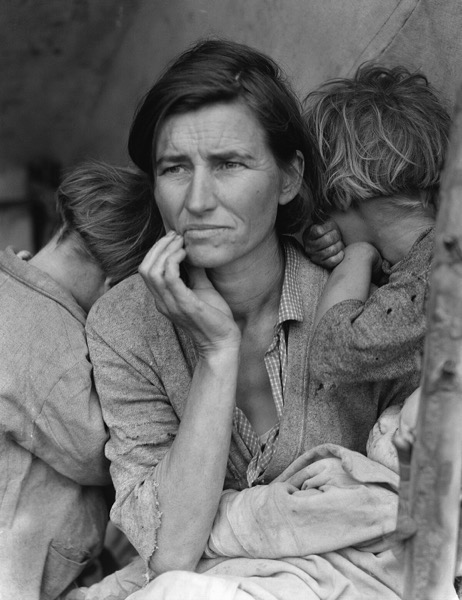
•Content: A black-and-white portrait of a worried woman with children leaning on her.
• With Context: This is an iconic image from the Great Depression, symbolizing the struggles of displaced farm workers. The woman, Florence Owens Thompson, was one of thousands suffering from poverty and hunger. Understanding the historical background deepens the emotional weight of the image.
A third way to understand and “read” an image is in terms of craft. Craft in this context* is not just the “quality” of the picture- correct exposure, good use of shutter speed etc., but the formal aspects of any 2D art which some describe in terms of the elements and principles of design.
The elements of art are the building blocks of visual composition, while the principles of art describe how these elements are arranged to create a cohesive and engaging image. These concepts apply to photography, painting, drawing, graphic design, and other two-dimensional forms of art.
1. Line
• A mark with length and direction, created by a moving point.
• Can be straight, curved, thick, thin, jagged, or implied.

2. Shape
• A flat, enclosed area created by lines, colors, or textures.
• Can be geometric (circles, squares, triangles) or organic (freeform, natural shapes).
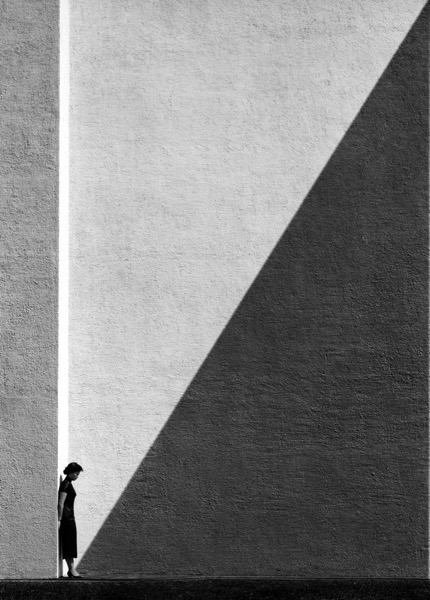
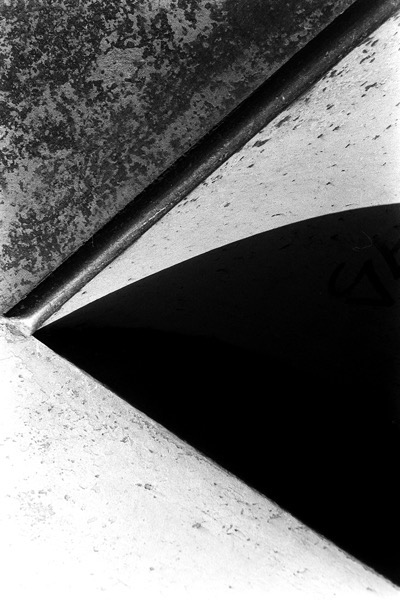
3. Form (in 2D art, an illusion of three-dimensionality)
• The illusion of volume and depth on a flat surface using shading, perspective, and contrast.
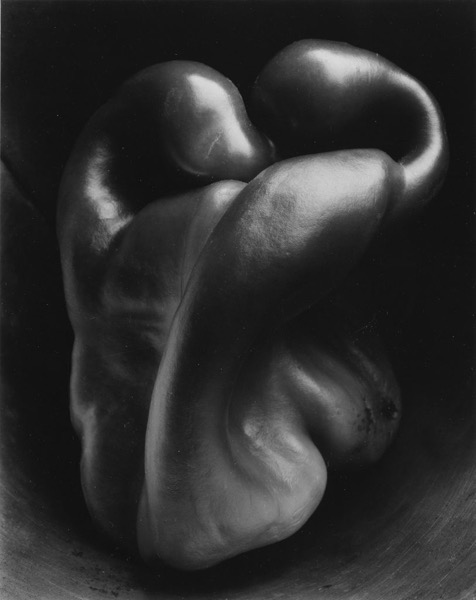
4. Color
• Created by light and categorized using hue (name), value (lightness/darkness), and intensity (saturation).
• Color Theory Concepts:
• Complementary Colors (opposite on the color wheel—red/green, blue/orange).
• Analogous Colors (colors next to each other—blue, blue-green, green).
• Monochromatic (variations of a single hue).

5. Value (Lightness or darkness of a color or tone)
• Used to create depth, contrast, and emphasis.
• High contrast (strong light/dark differences) creates drama, while low contrast can create subtlety.
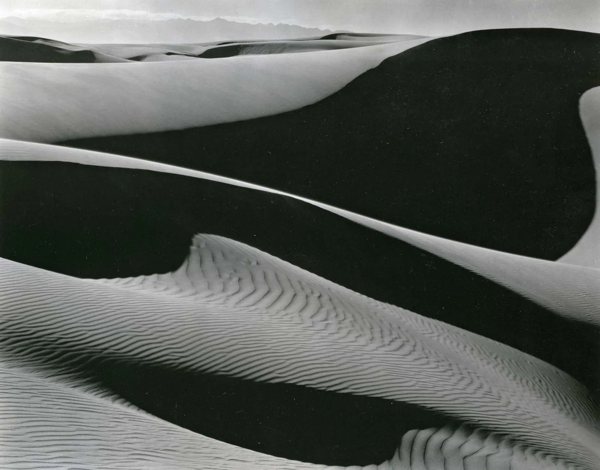
6. Texture (Real or implied surface quality)
• Actual texture: Physical texture (paint layers, collage materials).
• Implied texture: The illusion of texture through shading or patterns.

7. Space (The area around, within, and between objects)
• Positive space: The subject or focal points.
• Negative space: The empty or background areas.
• Perspective: The illusion of depth (one-point, two-point, atmospheric perspective).

Principles of 2D Art (How the Elements Are Arranged)
1. Balance (Visual weight distribution in an artwork)
• Symmetrical balance: Elements mirror each other (e.g., classical architecture).
• Asymmetrical balance: Unequal elements balanced dynamically (e.g., modern compositions).
• Radial balance: Elements radiate from a central point (e.g., mandalas).

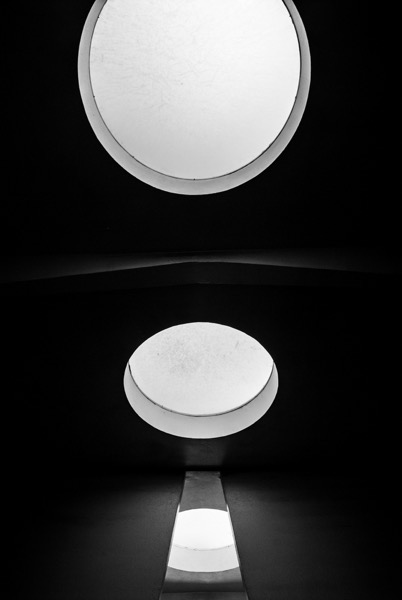
2. Contrast (Differences in elements to create visual interest)
• Light vs. dark, rough vs. smooth, big vs. small.

3. Emphasis (Creating a focal point or drawing attention to an area)
• Can be achieved through color, contrast, placement, or scale.

4. Movement (The path the viewer’s eye follows through the artwork)
• Created by repetition, leading lines, or directional elements.
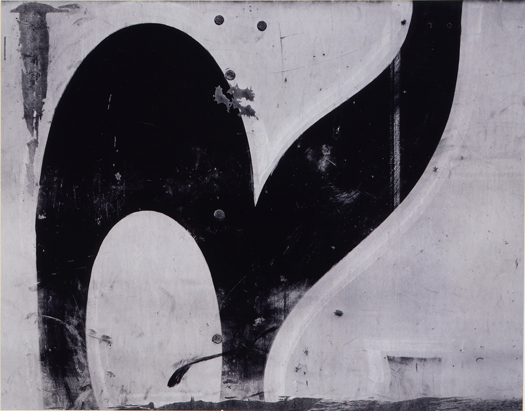
5. Rhythm & Repetition (Using recurring elements to create visual flow)
• Repeating lines, shapes, colors, or textures can create unity and movement.
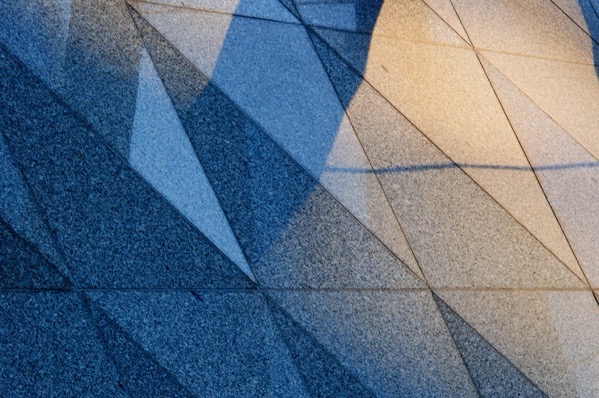
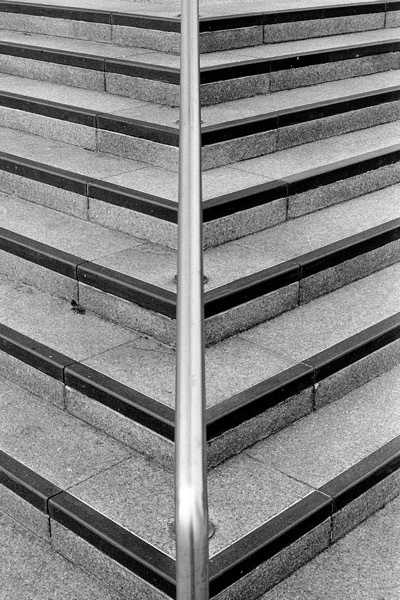
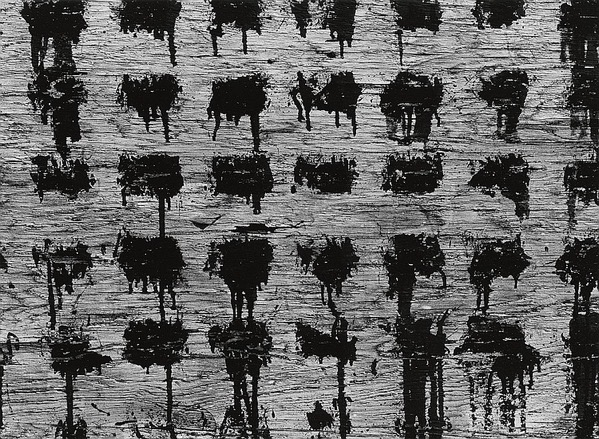
6. Proportion & Scale (Size relationships between objects in an artwork)
• Proportion: How parts of an object relate to each other.
• Scale: The size of objects in relation to the entire composition.
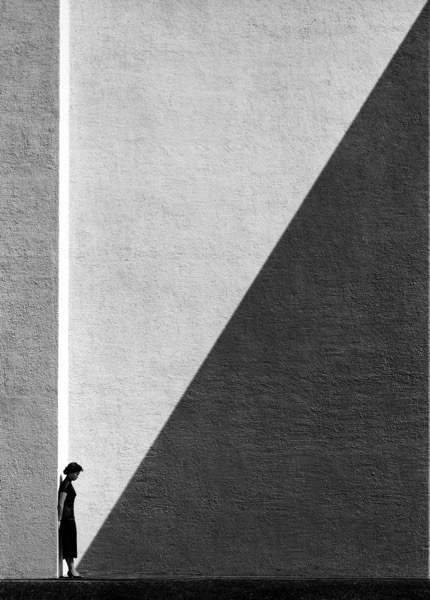
All these are used to create Unity & Harmony, sense of completeness and cohesion in an artwork
• All elements work together to create a unified piece rather than feeling disjointed.
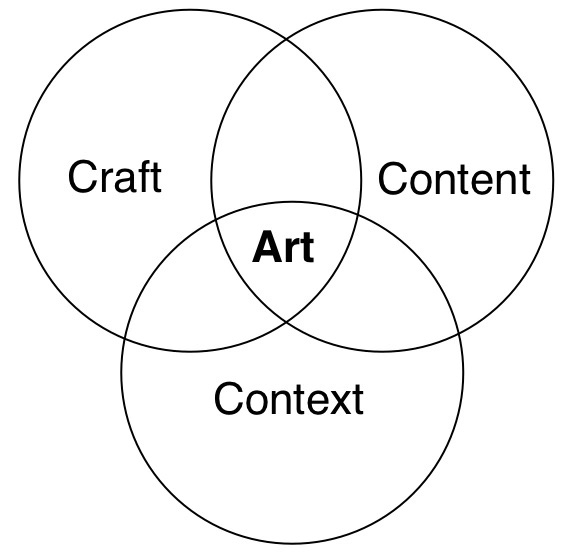
In this project, you will take your camera out and around and shoot abstract and non-representational images. This is a project about seeing as much as shooting.
Students will explore the concept of observation by capturing images fore-fronting the elements and principles of design.
Guidelines:
• Shoot in Black and White (or convert later) to emphasize form, contrast, and texture rather than color.
• Take at least 10 photos that capture overlooked details.
• Consider composition by experimenting with angles, framing, and perspective.
• Avoid cliché by pushing beyond obvious subjects.
• No filters or heavy edits – focus on the act of seeing.
Deliverables:
• Select 5 best images to present. But have all the images you shot ready to make a contact sheet!
• Write a brief reflection (150-200 words) about what you noticed that you hadn’t before.
Tips:
• Slow down! Take the time to look, Seek out high contrast lighting and bold textures.
• Bits are cheap, shoot lots of images when you find a scene that may be interesting, experiment with different angles, vertical and horizontal framing, moving the camera up and down. I find a rule of thumb is that you might get 1 good shot for every 30 or 40 images.
• pay attention to the settings of your camera, if you are shooting handheld- make sure your shutter speed is fast enough.
• Exclude all non-relevant parts of the scene, you may need to get closer! Pay attention to all that is in the frame.
• Use the viewfinder- it lets you focus and not be distracted by visual elements outside the frame.
• Make sire your camera is back on full quality JPEG setting
Bring your SD card to next class, Feb. 20, with your images, we will begin the selection and editing process, and we will turn these images into black and white, and select 1 for printing.
Photographs on this page are by:
Dorothea Lange
Ansel Adams
Aaron Siskind
Edward Weston
Fan Ho